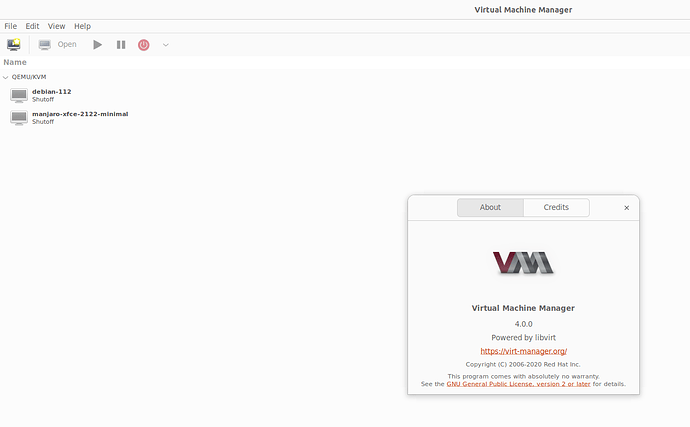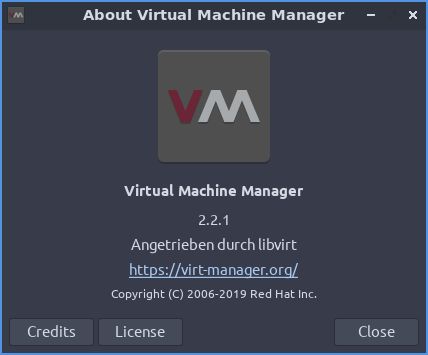Hi again, 
I was considering alternative ways for not having to plug in a dedicated EasyOS stick and came up with the following (I don´t know whether this would be applicable to my scenario but it might be).
I was thinking: what about creating a virtual disk or virtual block device and then performing
step 4 in the above mentioned method
performing sudo ./easydd easy-4.3-4-amd64.img
and here using the newly created device as the target drive  …
…
Well, on How to create virtual block device (loop device/filesystem) in Linux – The Geek Diary I found the respective steps for creating a virtual block device.
I successfully tried them out in my Debian vm. 
This is the example used for creating a 1 GB device (all commands with sudo):
-
dd if=/dev/zero of=loopbackfile.img bs=100M count=10 # create a file of desired size
-
du -sh loopbackfile.img # Verify the size of the file
-
losetup -fP loopbackfile.img # create a loop device with the file
-
losetup -a # print the loop device, example: /dev/loop5: [64769]:4199216 (/root/loopbackfile.img)
-
mkfs.ext4 /root/loopbackfile.img # create a ext4 filesystem on the loopback device
-
mkdir /loopfs
-
mount -o loop /dev/loop5 /loopfs # mount the loopback filesystem
-
df -hP /loopfs/ # Verify the size of the new mount point
-
mount | grep loopfs # verify type of filesystem
Well, these are sthe steps that worked. 
On my Debian vm I got these block devices with lsblk:
lsblk
NAME MAJ:MIN RM SIZE RO TYPE MOUNTPOINT
loop0 7:0 0 61,9M 1 loop /snap/core20/1518
loop1 7:1 0 386,5M 1 loop /snap/anbox/213
loop2 7:2 0 113,9M 1 loop /snap/core/13308
loop3 7:3 0 101,3M 1 loop /snap/lxd/23155
loop4 7:4 0 310,8M 1 loop
loop5 7:5 0 1000M 0 loop # this is new
loop6 7:6 0 1000M 0 loop /loopfs # and this one as well
vda 254:0 0 30G 0 disk
├─vda1 254:1 0 10,3G 0 part /
├─vda2 254:2 0 1K 0 part
├─vda5 254:5 0 976M 0 part [SWAP]
└─vda6 254:6 0 18,8G 0 part /home
As well as it worked this situation still leaves me with loop devices.
For the easydd-script to work I guess I´d have to have a virtual device like so: /dev/[...] as the script scans the system for disks.
Does anyone have any idea how to make that happen 
Basically I´d have to make loop6 appear as /dev/vda7 or something like that.
On my host it would be e.g. /dev/sdg
Thanks so much and many greetings
Rosika 

